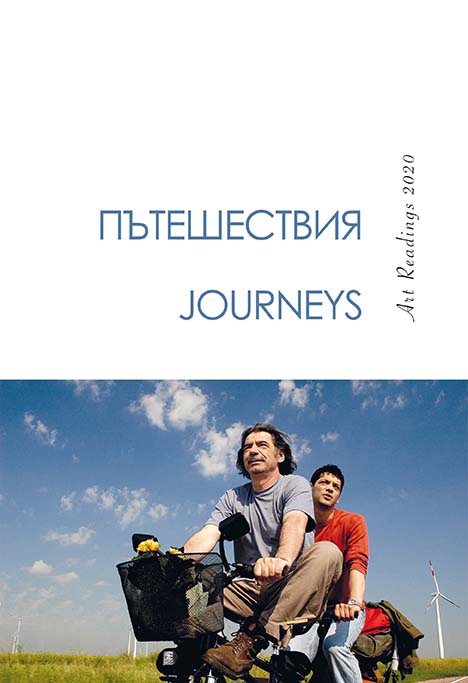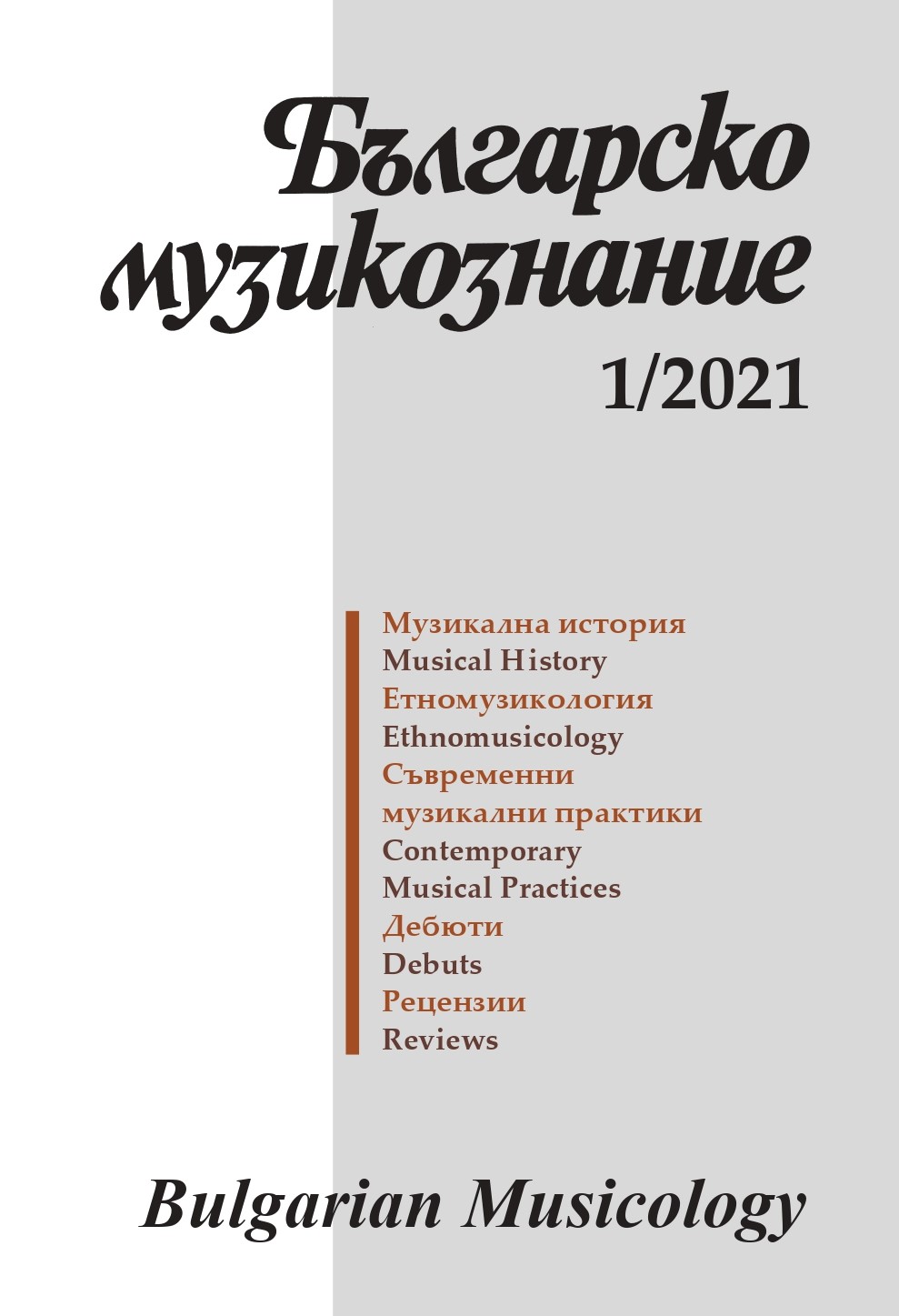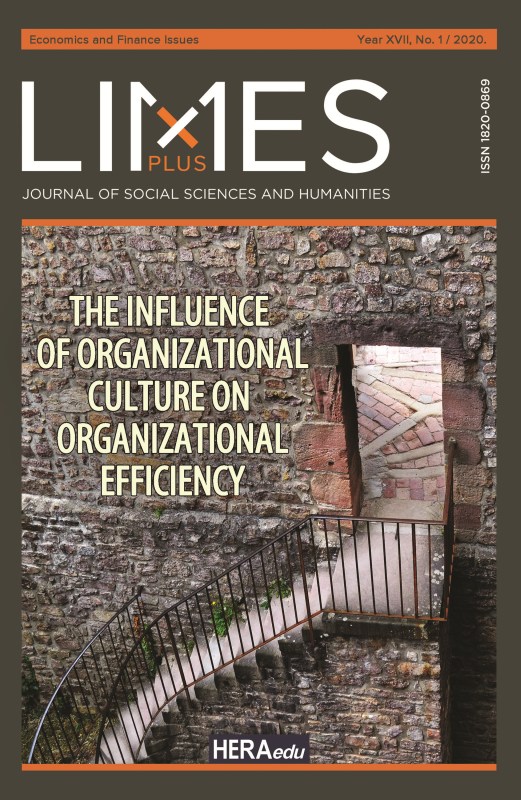Author(s): Rūta Žarskienė / Language(s): Lithuanian
Issue: 30/2005
The subject of the article is the image of performer of the ethnic instrumental music, and the task is to reveal the changes taking place in the course of centuries (from the middle of the 19th century till the beginning of the 21st) in the attitude adopted by the family and the village community towards the musician, along with his shifting status in the traditional environment, while the music tradition itself and its functions also changed. In the course of investigation, two layers of the ethnic music performance could be provisionally discerned: the ancient tradition, existing in the 19th century until the beginning of the 20th century, and the new one, appearing in the middle of the 19th century and continuing up till nowadays. The parents, who were musicians belonging to the ancient tradition, would wish their children to continue performing the music, as a way of giving meaning to the family, and of a certain identity creation. The instruments and the know-how to make them, the modes of performing and the repertoire were passed on from one generation to another. The children usually learned the skills of playing the ancient ethnic instruments from their fathers and relatives, sometimes from their neighbors. In the new tradition, however, this tendency became increasingly weaker: the musicians acquired their skills by themselves, or by watching the party musician, etc., the repertoire was also learned by ear in the natural surroundings (at the parties, from other musicians), or from the records, radio, later – from TV. The village communities held the musicians in great esteem, especially in the ancient tradition. Such attitude may be rooted deeply in the ancient times, when a person capable of mastering an instrument would have been considered as endowed with magical powers and possibly would have even been participating in the sacral rites. In the second half of the 19th century and in the 20th century, musicians were valued according to the number of weddings they had played at. The musicians playing the ancient ethnic instruments at the weddings were not paid for their performance. The appearing of payment to the musician may be regarded as a switch from the ancient music tradition to the new one. The status of the musician in the village community also changed: instead of being treated as an esteemed member of the community, the musician became a simple craftsman, who earned his living by playing. The differentiation of musicians into good and bad ones, or into “famous” and “ordinary” ones started. Only the good ones were considered as really skillful and therefore were hired to play at weddings and other festivals. In the second half of the 20th century, performances at weddings still constituted means of earning the living for the musicians, but their functions and the esteem they were held in had significantly decreased. In the turn of the last and this century, the professional musicians or the sound recordings replaced the folk musicians at the weddings.
More...

















